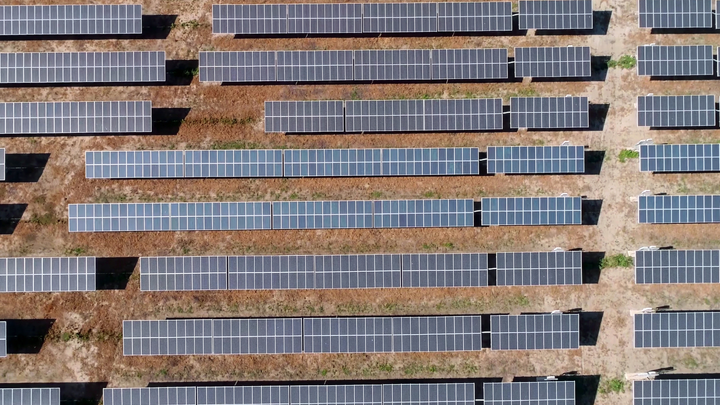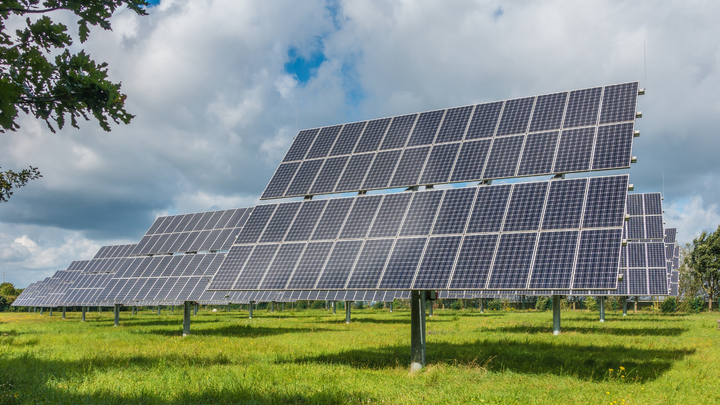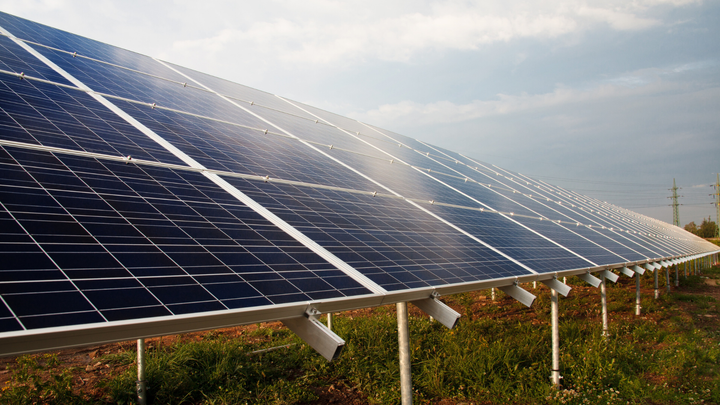Top 7 Breakthrough Solar Technologies in 2025

As of January 2025, the solar energy sector is experiencing several groundbreaking advancements poised to enhance efficiency, sustainability, and global energy accessibility. Here are some of the most notable developments:
1. Perovskite Solar Cells
Perovskite solar cells have emerged as a promising alternative to traditional silicon-based cells due to their high efficiency and lower production costs. Recent research has achieved significant milestones, such as breaking the 1.7V open-circuit voltage in large-area transparent perovskite solar cells through bulk and interface passivation techniques.
Source: arXiv
2. Floating Solar Farms
Addressing land scarcity issues, floating solar farms involve installing photovoltaic panels on bodies of water like reservoirs and lakes. This approach not only conserves land but also benefits the aquatic environment by reducing evaporation and inhibiting algae growth. The global capacity of floating solar installations has seen rapid growth, with installed power increasing from 3 GW in 2020 to 13 GW in 2022.
Source: Wikipedia
3. Bifacial Solar Panels
Bifacial solar panels are designed to capture sunlight on both sides, thereby increasing energy generation. By utilizing reflected light from surfaces beneath the panels, these systems can achieve higher overall efficiency compared to traditional single-sided panels.
Source: Truzon Solar
4. Solar Tracking Systems
Solar tracking systems enhance energy capture by adjusting the orientation of solar panels to follow the sun's trajectory throughout the day. Implementing single-axis or dual-axis trackers can boost energy output by 20-50%, making solar installations more efficient.
Source: Truzon Solar
5. Smart Solar Technology
The integration of artificial intelligence (AI) and machine learning into solar energy systems allows for real-time monitoring and optimization. These technologies can predict energy production patterns, manage energy storage, and improve grid integration, leading to more reliable and efficient solar power systems.
Source: World Economic Forum
6. Space-Based Solar Power
China has announced an ambitious project to construct a space-based solar power station capable of collecting solar energy in space and transmitting it to Earth. This initiative aims to overcome limitations faced by terrestrial solar power, such as weather and day-night cycles, potentially providing a continuous and vast energy supply.
Source: Diario AS
7. High-Altitude Solar Installations
In Tibet, China has built the world's highest solar power plant at an altitude of 5,100 meters. This facility incorporates advanced technologies, including a unique energy storage system referred to as "stem cell storage technology," which enhances voltage management and grid stability. The plant is designed to withstand extreme environmental conditions, such as high winds and low temperatures, and is expected to operate for at least 25 years.
Source: Diario AS
These advancements collectively represent significant strides in solar technology, contributing to a more sustainable and energy-secure future.



